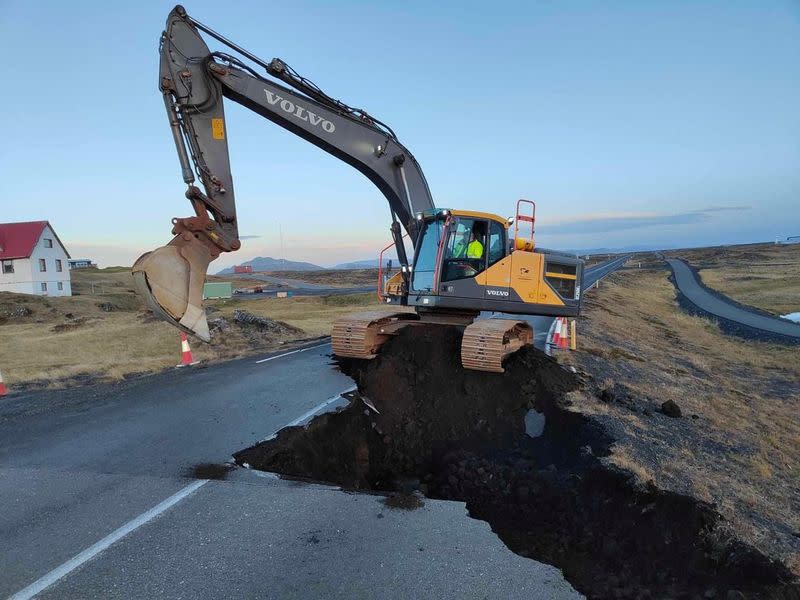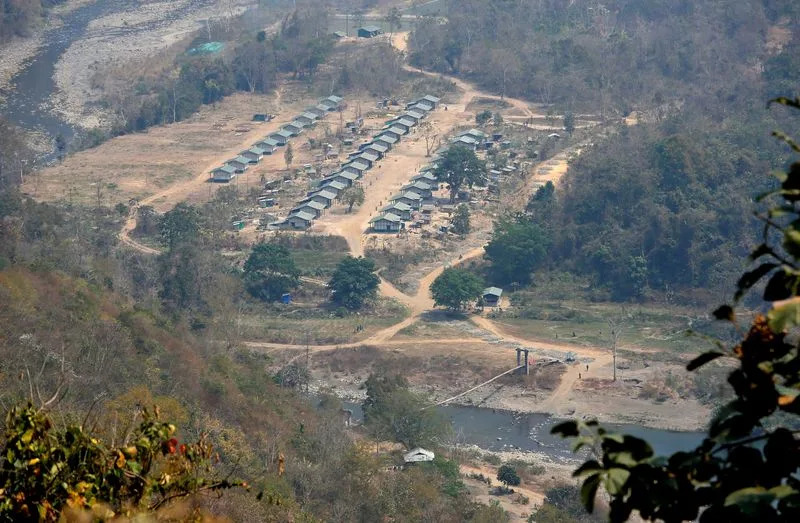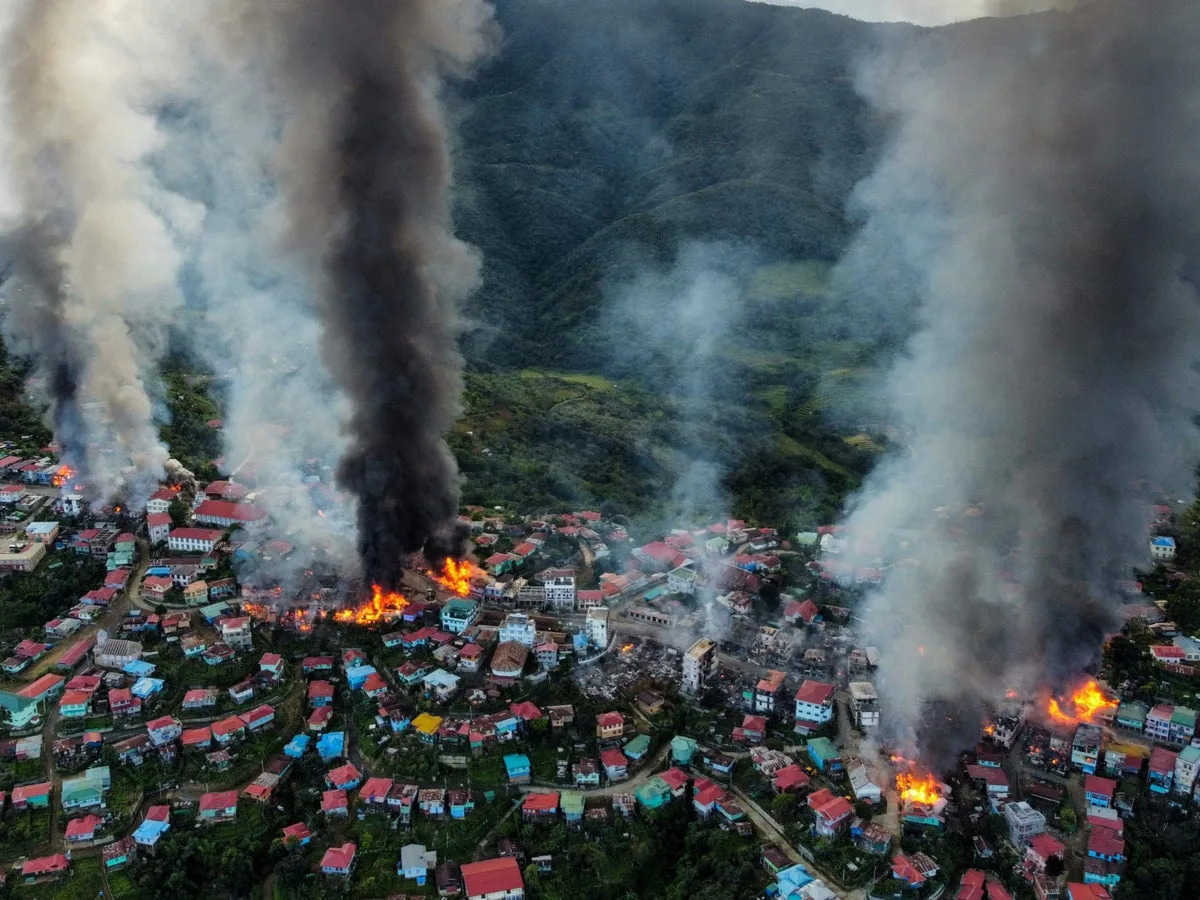The man made flood that miraculously saved our heroes at the end of O Brother Where Art Thou were an actual occurrence in the 19th and 20th century — and a fairly common one at that — as river valleys across the American West were dammed up and drowned out at the altar of economic progress and electrification. Such was the case with Washington State's Elwha river in the 1910s. Its dam provided the economic impetus to develop the Olympic Peninsula but also blocked off nearly 40 miles of river from the open ocean, preventing native salmon species from making their annual spawning trek. However, after decades of legal wrangling by the Lower Elwha Klallam Tribe, the biggest dams on the river today are the kind made by beavers.
In this week's Hitting the Books selection, Eat, Poop, Die: How Animals Make Our World, University of Vermont conservation biologist Joe Roman recounts how quickly nature can recover when a 108-foot tall migration barrier is removed from the local ecosystem. This excerpt discusses the naturalists and biologists who strive to understand how nutrients flow through the Pacific Northwest's food web, and the myriad ways it's impacted by migratory salmon. The book as a whole takes a fascinating look at how the most basic of biological functions (yup, poopin!) of even just a few species can potentially impact life in every corner of the planet.

white background with black text, images of sundry wildlife, none of whom are dropping deuces. (Hatchette Books)
Excerpted from by Eat, Poop, Die: How Animals Make Our World by Joe Roman. Published by Hachette Book Group. Copyright © 2023 by Joe Roman. All rights reserved.
THE TITLE FORGOT THE VERY IMPORTANT ACT OF REPRODUCTION EAT, POOP, FUCK, DIE
When construction began in 1910, the Elwha Dam was designed to attract economic development to the Olympic Peninsula in Washington, supplying the growing community of Port Angeles with electric power. It was one of the first high-head dams in the region, with water moving more than a hundred yards from the reservoir to the river below. Before the dam was built, the river hosted ten anadromous fish runs. All five species of Pacific salmon — pink, chum, sockeye, Chinook, and coho — were found in the river, along with bull trout and steelhead. In a good year, hundreds of thousands of salmon ascended the Elwha to spawn. But the contractors never finished the promised fish ladders. As a result, the Elwha cut off most of the watershed from the ocean and 90 percent of migratory salmon habitat.
Thousands of dams block the rivers of the world, decimating fish populations and clogging nutrient arteries from sea to mountain spring. Some have fish ladders. Others ship fish across concrete walls. Many act as permanent barriers to migration for thousands of species.
By the 1980s, there was growing concern about the effect of the Elwha on native salmon. Populations had declined by 95 per cent, devastating local wildlife and Indigenous communities. River salmon are essential to the culture and economy of the Lower Elwha Klallam Tribe. In 1986, the tribe filed a motion through the Federal Energy Regulatory Commission to stop the relicensing of the Elwha Dam and the Glines Canyon Dam, an upstream impoundment that was even taller than the Elwha. By blocking salmon migration, the dams violated the 1855 Treaty of Point No Point, in which the Klallam ceded a vast amount of the Olympic Peninsula on the stipulation that they and all their descendants would have “the right of taking fish at usual and accustomed grounds.” The tribe partnered with environmental groups, including the Sierra Club and the Seattle Audubon Society, to pressure local and federal officials to remove the dams. In 1992, Congress passed the Elwha River Ecosystem and Fisheries Restoration Act, which authorized the dismantling of the Elwha and Glines Canyon Dams.
The demolition of the Elwha Dam was the largest dam-removal project in history; it cost $350 million and took about three years. Beginning in September 2011, coffer dams shunted water to one side as the Elwha Dam was decommissioned and destroyed. The Glines Canyon was more challenging. According to Pess, a “glorified jackhammer on a floating barge” was required to dismantle the two-hundred-foot impoundment. The barge didn’t work when the water got low, so new equipment was helicoptered in. By 2014, most of the dam had come down, but rockfall still blocked fish passage. It took another year of moving rocks and concrete before the fish had full access to the river.
The response of the fish was quick, satisfying, and sometimes surprising. Elwha River bull trout, landlocked for more than a century, started swimming back to the ocean. The Chinook salmon in the watershed increased from an average of about two thousand to four thousand. Many of the Chinook were descendants of hatchery fish, Pess told me over dinner at Nerka. “If ninety percent of your population prior to dam removal is from a hatchery, you can’t just assume that a totally natural population will show up right away.” Steelhead trout, which had been down to a few hundred, now numbered more than two thousand.
Within a few years, a larger mix of wild and local hatchery fish had moved back to the Elwha watershed. And the surrounding wildlife responded too. The American dipper, a river bird, fed on salmon eggs and insects infused with the new marine-derived nutrients. Their survival rates went up, and the females who had access to fish became healthier than those without. They started having multiple broods and didn’t have to travel so far for their food, a return, perhaps, to how life was before the dam. A study in nearby British Columbia showed that songbird abundance and diversity increased with the number of salmon. They weren’t eating the fish — in fact, they weren’t even present during salmon migration. But they were benefiting from the increase in insects and other invertebrates.
Just as exciting, the removal of the dams rekindled migratory patterns that had gone dormant. Pacific lamprey started traveling up the river to breed. Bull trout that had spent generations in the reservoir above the dam began migrating out to sea. Rainbow trout swam up and down the river for the first time in decades. Over the years, the river started to look almost natural as the sediments that had built up behind the dams washed downstream.
The success on the Elwha could be the start of something big, encouraging the removal of other aging dams. There are plans to remove the Enloe Dam, a fifty-four-foot concrete wall in northern Washington, which would open up two hundred miles of river habitat for steelhead and Chinook salmon. Critically endangered killer whales, downstream off the coast of the Pacific Northwest, would benefit from this boost in salmon, and as there are only seventy individuals remaining, they need every fish they can get.
The spring Chinook salmon run on the Klamath River in Northern California is down 98 percent since eight dams were constructed in the twentieth century. Coho salmon have also been in steep decline. In the next few years, four dams are scheduled to come down with the goal of restoring salmon migration. Farther north, the Snake River dams could be breached to save the endangered salmon of Washington State. If that happens, historic numbers of salmon could come back — along with the many species that depended on the energy and nutrients they carry upstream.
Other dams are going up in the West — dams of sticks and stones and mud. Beaver dams help salmon by creating new slow-water habitats, critical for juvenile salmon. In Washington, beaver ponds cool the streams, making them more productive for salmon. In Alaska, the ponds are warmer, and the salmon use them to help metabolize what they eat. Unlike the enormous concrete impoundments, designed for stability, beaver dams are dynamic, heterogeneous landscapes that salmon can easily travel through. Beavers eat, they build dams, they poop, they move on. We humans might want things to be stable, but Earth and its creatures are dynamic.



















